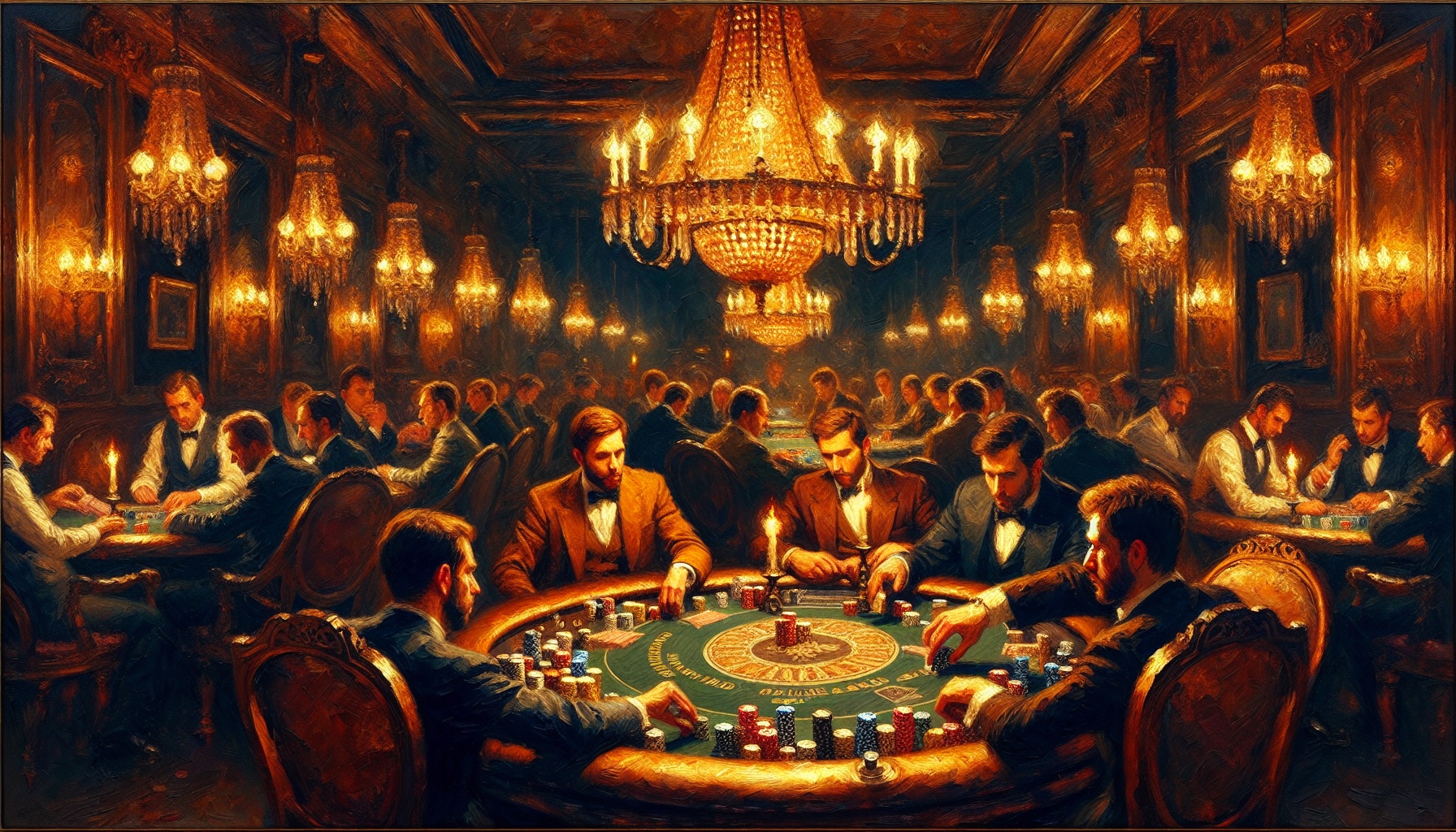
What Does Perceived Range Mean in Poker?
Perceived Range refers to the range of hands that an opponent might have based on their actions and betting patterns. Players use this to make strategic decisions during a game.
When You Might Hear Or Use The Term Perceived Range
During a hand, when discussing potential hands an opponent could be holding given their bet sizes and positions, or when analyzing past hands to understand opponent behavior.
In-Game Example
You’re facing a bet on the river from an opponent who raised preflop and bet every street. You consider their perceived range to include high-value hands like top pair or better, based on their betting pattern.
Strategy / Tips
- Best Practice: Always adjust your perceived range of an opponent based on their play style and tendencies observed throughout the game.
- Common Mistake: Relying too heavily on perceived range without considering table dynamics or player history can lead to misreads.
- Pro Tips: Use perceived range to bluff effectively by betting in a way that represents a strong hand within your opponent’s perceived range.
- Differences playing over the table vs online: In live play, physical tells can complement perceived range analysis, whereas online you rely more on bet sizing and timing tells.
Alternative Names
No widely recognized alternative names.
FAQs
Q: How do I determine an opponent’s perceived range?
A: Observe their betting patterns, positions, and past behavior to gauge the types of hands they might hold.
Related Terms
Additional Context: Understanding Perceived Ranges
Perceived ranges are a fundamental concept in online poker strategy. By accurately assessing an opponent’s likely holdings, players can make more informed decisions, such as when to call, raise, or fold. This skill is honed through practice and observation, and it is crucial for success in both live and online settings.


